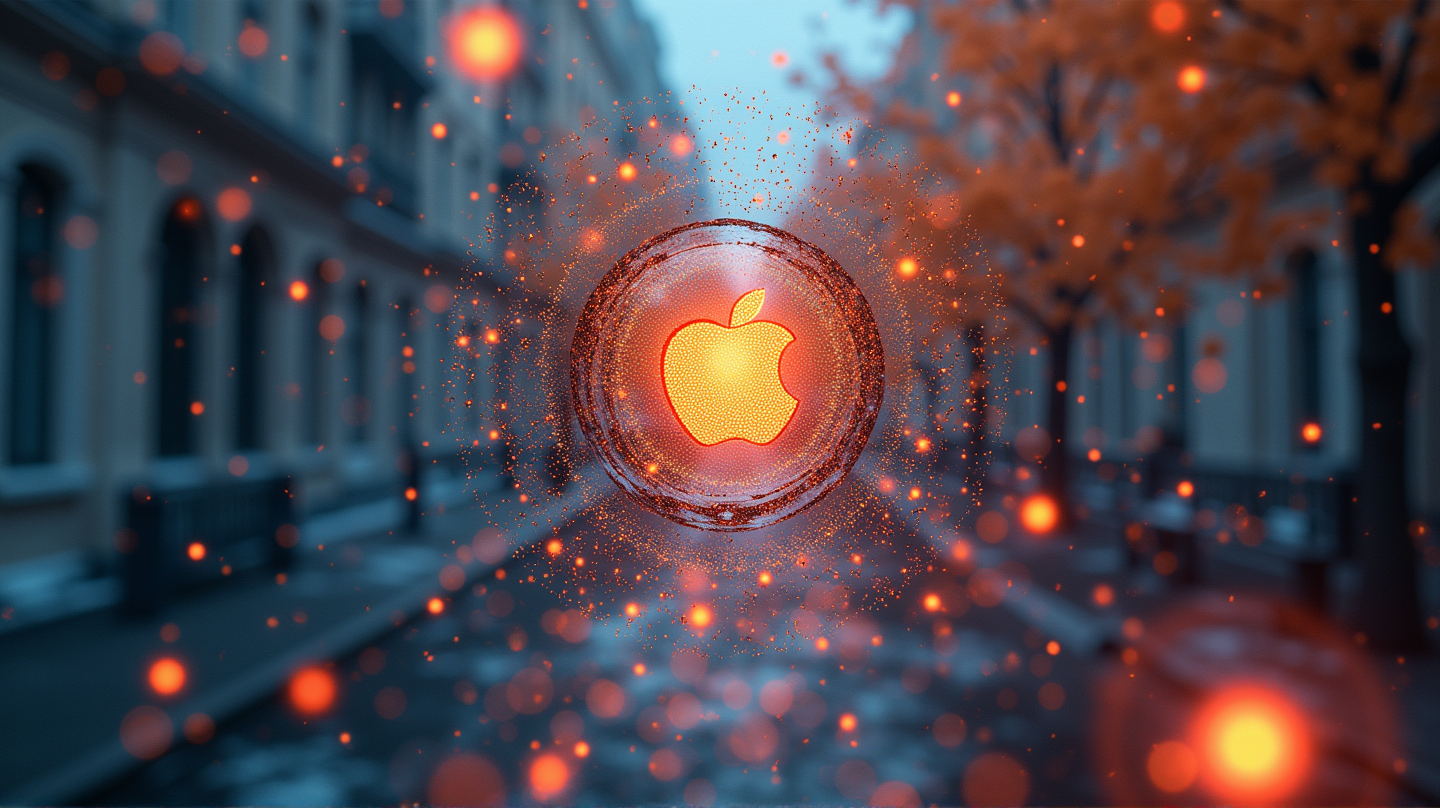In a world where technology evolves rapidly, it’s no surprise that the iPhone and iPad have taken center stage in Apple’s ecosystem. According to Bundle, new data reveals a significant shift in consumer preferences, where these portable devices have become the backbone of the tech giant’s lineup.
From Mac-Centric to Mobile-Driven
Once upon a time, Apple’s ecosystem relied heavily on the Mac. In an era where the Mac was the flagship product, it was synonymous with the brand. However, the landscape has changed, and the iPhone and iPad now hold sway. Consumer Intelligence Research Partners reported that as of March 2025, a staggering 94% of Apple users own an iPhone, while 78% own an iPad — numbers that dwarf the mere 36% ownership of Macs.
The Underappreciated Moneymaker
Despite its decline in popularity, the Mac continues to make its mark. While only a third of users own one, the revenue generation paints a different picture. The Mac may not be in every household, but with an average selling price significantly higher than its mobile siblings, it holds its own in terms of economic contribution. Sales data suggest one Mac is sold for every nine iPhones, yet it commands a higher price tag, making it a lucrative asset for Apple.
Specialized but Valuable
Unlike iPhones, which are everyday essentials, Macs cater to specialized niches like professional tasks and creative pursuits. These purposes attract consumers willing to invest in high-end models, placing a premium on quality and functionality. This dedication to specialized use is reflected in customer loyalty, with many Macs in use well over two years past their purchase date.
The Glue of Services
Apple’s growing focus on services has become an integral part of its strategy, bolstering its ecosystem’s cohesiveness. Even without owning all three devices, users can remain interconnected through offerings like iCloud and Apple Music. As service revenues exceeded Mac hardware sales at a record $26.66 billion, it’s clear that Apple’s emphasis on a robust service layer pays off, reinforcing a seamless user experience across its devices.
Debunking the Three-Device Norm
Historically, Apple promoted the ideal of a trifecta: owning a Mac, iPhone, and iPad. Reality paints a different picture. Most users find the iPhone indispensable, with the iPad complementing their tech desires, while the Mac serves a smaller, though significantly valuable, segment. This practical approach aligns Apple’s ecosystem with real-world usage patterns where a growing cloud service layer supports a dual-device setup.
In conclusion, as Apple’s ecosystem continues to lean towards mobility with the iPhone and iPad, the Mac remains a powerful player for those who need it most, albeit for different reasons than in the past. Whether you’re an Apple loyalist or a tech enthusiast, understanding these shifts invites a deeper appreciation of how Apple adapts to a dynamic market. As stated in Bundle, this trend promises further evolution and opportunities within the tech giant’s ecosystem.
